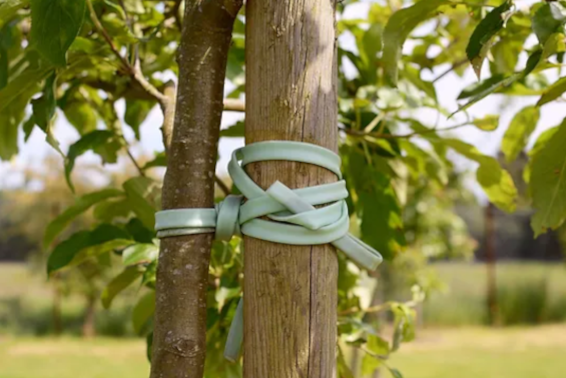
Arborists use tree preservation techniques to help restore specimens that have poor structural growth or other health and safety concerns. But you may be able to avoid calling an arborist if you take care not to harm your trees.
More often than not, northern Utah homeowners don’t realize that their actions are detrimental to tree preservation. Here are ten ways people commonly put their trees at risk.
No. 1: Poor Placement
Planting specimens too close together or without consideration of their care needs and growth potential can compromise their health and lead to the need for transplant or removal.
No. 2: Unnecessary Staking
Staking can be an effective tree preservation technique, but most specimens don’t need the support – or if they do, staking is only required for a short amount of time.
No. 3: Mulch Volcanoes
Piling up mulch around the trunk can suffocate a tree, as it compacts the soil and basically starves the specimen of the nutrients and oxygen it needs to thrive.
No. 4: Untimely Pruning
Pruning at the wrong time of year can cause unneeded stress and can sometimes make trees weaker and more vulnerable to disease and pest infestation. If you’re not sure when to prune, check with a local arborist.
No. 5: Improper Pruning
Pruning is just as problematic when the task isn’t done correctly. You need the right equipment and an understanding of the proper way to prune the species you own to avoid causing damage.
No. 6: Trunk Girdling
Girdling, or wrapping the trunk, might offer protection from lawn mowers and trimmers. But girdles aren’t good for tree preservation, as they eventually cause strangulation and slow death.
No. 7: Nails and Screws
Hammering a nail or drilling a screw into the trunk is harmful. Whenever the bark is penetrated, the damage creates an increased risk for insect infiltration and disease.
No. 8: Dog Tethering
Using a tree to tether your dog can put the specimen in danger of suffering problems. As Fido jumps and tugs, the bark can easily become damaged or even fall off.
No. 9: Deicing Salts
Using deicing salts to clear driveways and sidewalks is a must for many northern Utah homeowners. If the products come into contact with the soil, however, they can kill off any plants in the immediate area.
No. 10: Root Zone Wrongs
Paving over the roots, excavating around them or storing harsh chemicals nearby can damage them and their ability to work properly. As time goes on, the issue can lead to tree death.
Do You Need Expert Tree Preservation?
If you live in northern Utah and have at-risk specimens on your property, the experienced arborists at Rivendell Tree Experts can employ a range of tree preservation techniques to encourage healthy growth.
We offer practical, cost-effective services in the greater Salt Lake City area and throughout Utah County, and our team is known for providing outstanding customer care. To schedule a free, no-obligation tree preservation consultation, contact our Lehi office today.



